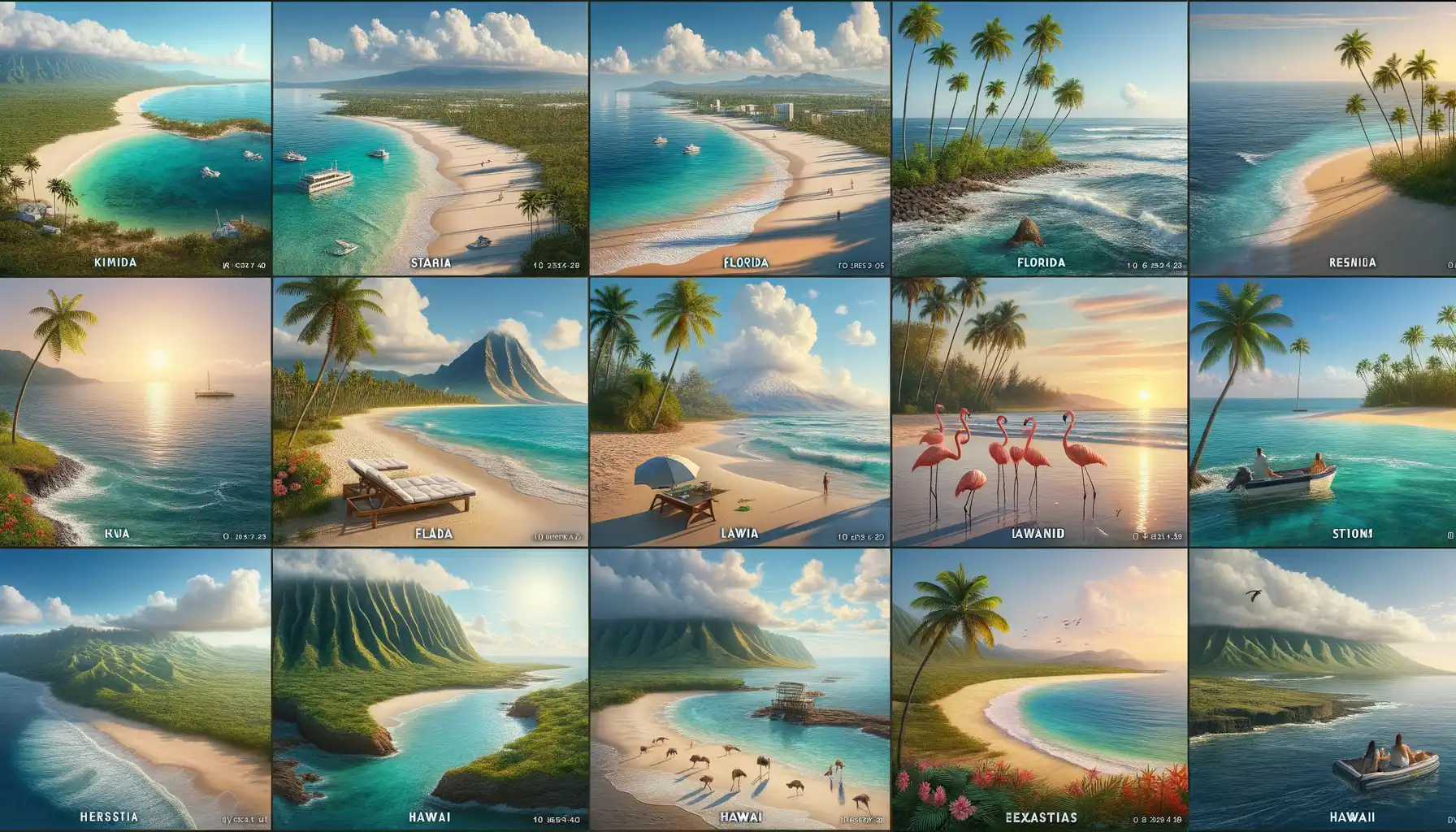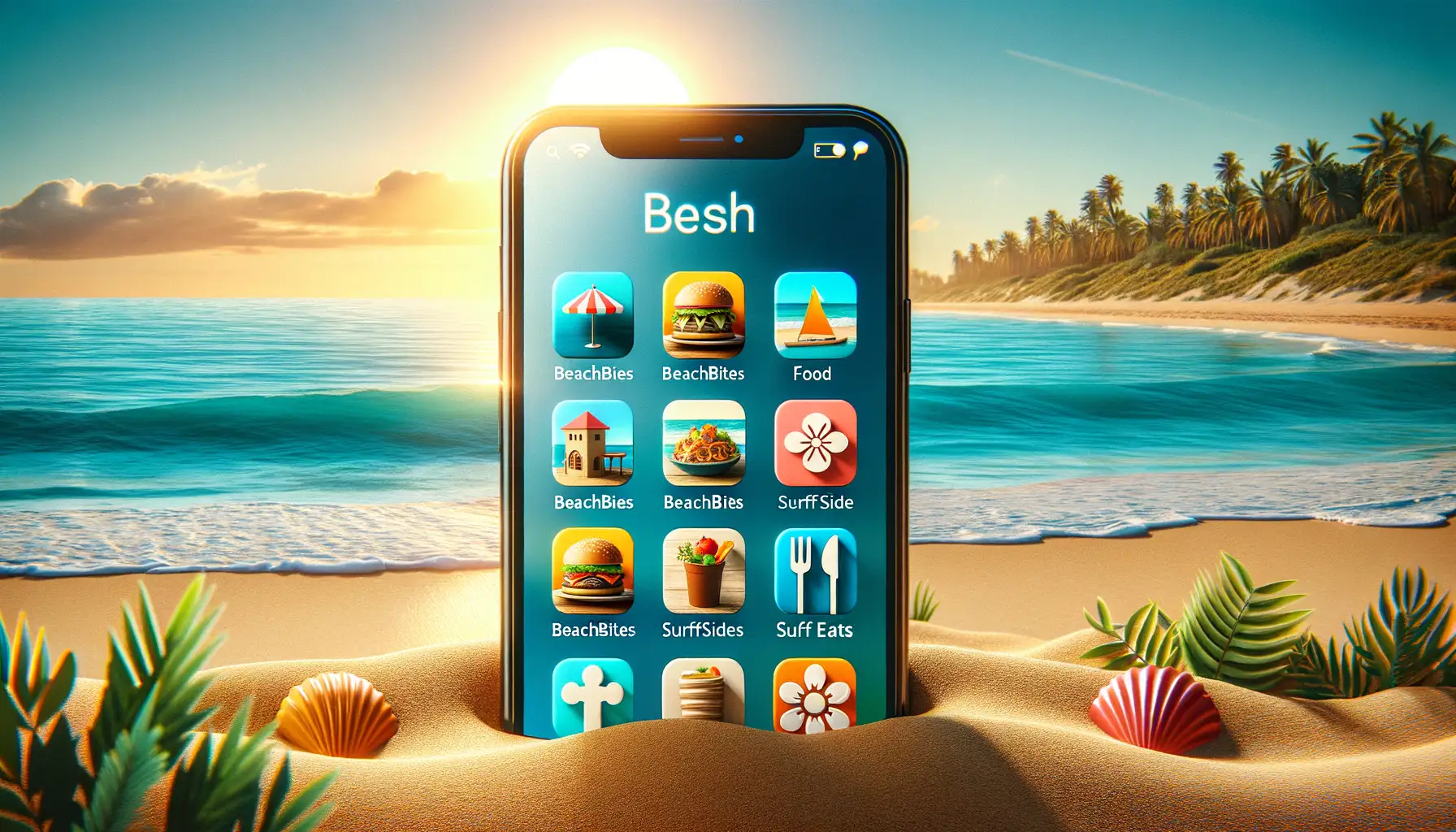The Role of AI in Stargazing Prediction
How AI Sharpens Your Celestial Crystal Ball
Picture this: you’re planning the perfect stargazing night. You’ve got your blanket, your telescope, maybe even a thermos of hot cocoa. But the question looms—will the stars actually show up? Enter the magic of AI-driven stargazing prediction, your celestial forecasting sidekick.
Unlike weather apps that can feel frustratingly vague (“partly cloudy” doesn’t help when you’re hunting for shooting stars), AI tools dig deep into data. They analyze everything from cloud movement patterns to light pollution levels, helping you pinpoint the ideal time and place to set up camp. Gone are the days of guessing and gambling with Mother Nature’s mood swings.
- Satellite imaging combined with machine learning predicts cloud cover like a pro astrologer reading the heavens.
- AI even factors in seasonal trends, ensuring you don’t miss rare events like meteor showers or supermoons.
It’s like having a personal stargazing concierge—one that works tirelessly to deliver nights brimming with wonder. So, whether you’re a casual sky-watcher or a die-hard astronomer, AI ensures every glance upward is as magical as you’d hoped.
Top Factors for Choosing the Best Stargazing Beaches
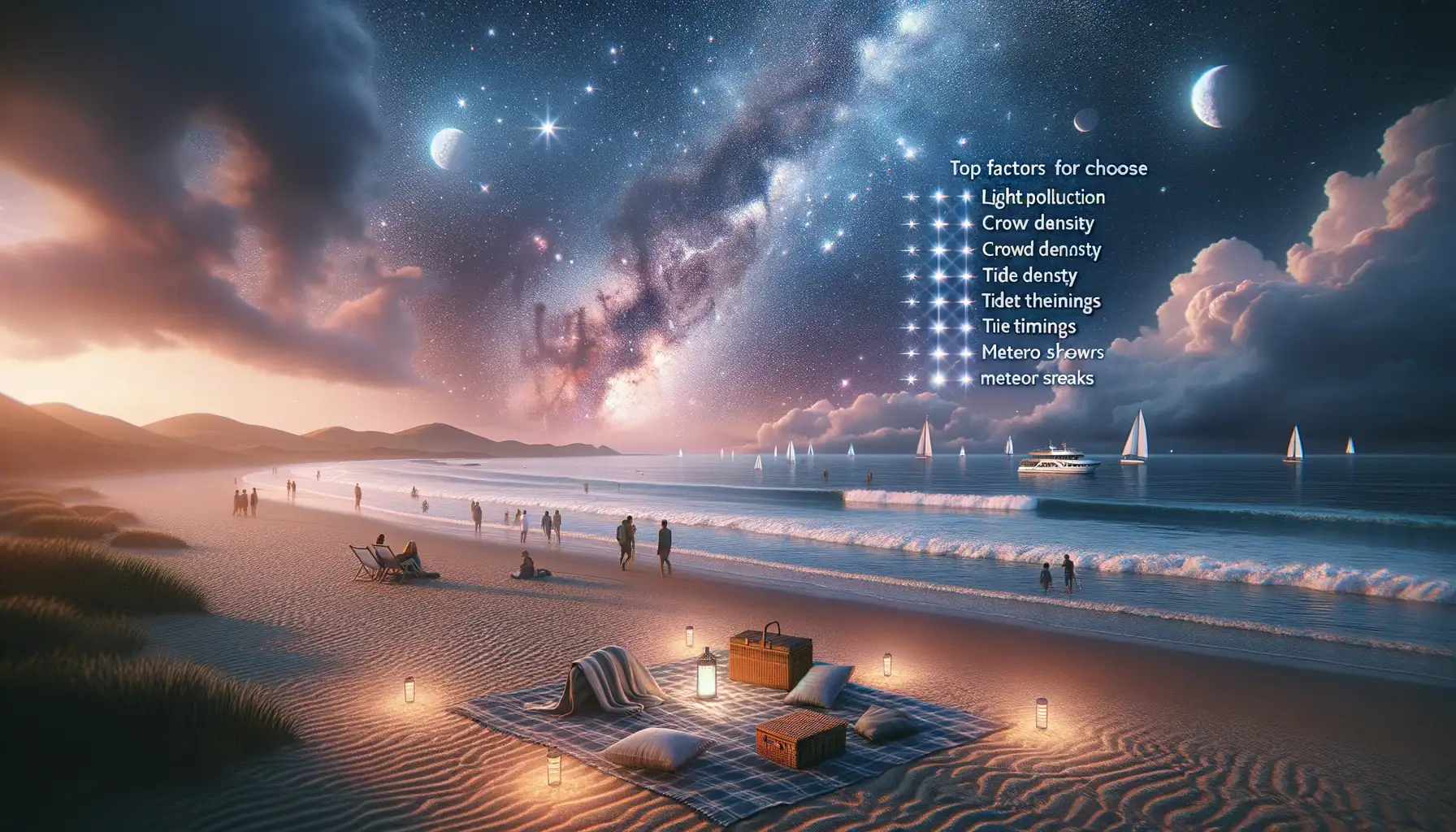
What Makes a Beach Perfect for Stargazing?
Picture this: the rhythmic sound of waves, soft sand beneath your feet, and a sky so full of shimmering stars it feels like the universe rolled out a diamond-studded carpet just for you. Not every beach offers this celestial magic, though. Choosing the ultimate stargazing spot is an art—and a bit of science.
First and foremost, you want a location blessed with minimal light pollution. A city-lit horizon can dim even the boldest constellations, so aim for remote beaches far from urban sprawl. And don’t forget weather conditions; clear skies are your best friend. Even the galaxy won’t outshine thick, stubborn clouds!
Here are some essentials to keep in mind when hunting for that perfect starlit shore:
- Accessibility: Is it easy to get to, or does your dream require a GPS and a machete?
- Tide safety: Nobody wants a romantic star-watch interrupted by a rogue wave!
- Geography: Beaches flanked by mountains or trees can block parts of the sky—go for wide-open horizons.
The Intangible Magic of Stargazing Locations
A lot of this decision comes down to feel. Imagine lying back on cool, powdery sand while a warm breeze plays with your hair. Or perhaps you’re on a clifftop beach, wrapped in a blanket, mesmerized as stars streak across a velvety black expanse.
Some beaches carry legends or stories that amplify their allure. Take Hawaii’s Mauna Kea Beach, where stargazers claim you feel closer to the cosmos due to its altitude and pristine, untouched atmosphere. There’s something otherworldly about standing in a place where humans have gazed upward for centuries, seeking answers only the stars can give.
AI-Driven Tools and Their Impact on Astronomical Forecasting
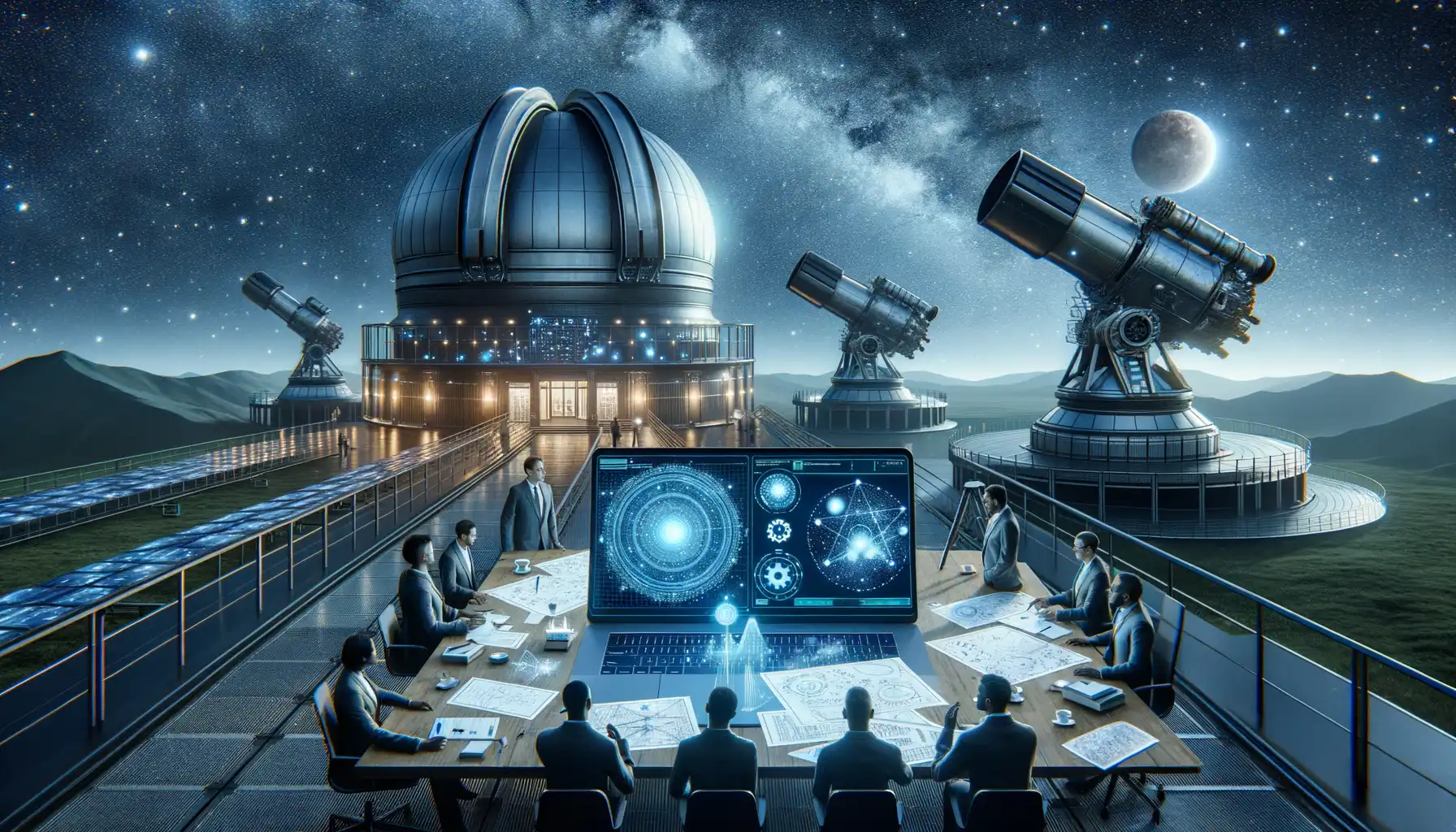
Unveiling the Cosmic Power of AI in Weather Prediction
Imagine meticulously planning a stargazing trip to a secluded beach—only for stubborn clouds to crush your celestial dreams. Enter the magic of AI-driven forecasting tools, your new cosmic weather oracle! These systems combine astronomical data with real-time weather analysis, offering precise forecasts like never before. No more rolling the dice on clear skies—AI gives you the power to predict your perfect stargazing moment.
Take, for example, how these tools integrate vast datasets. By analyzing satellite imagery, historical weather patterns, and even humidity trends from coastal regions, AI forecasts now pinpoint the exact hours when stars will dazzle above you. Forget generic weather apps; this is hyper-focused stargazing brilliance.
- Machine learning algorithms detect microclimates that affect visibility.
- AI calculates light pollution zones down to the square mile.
- It even accounts for rare phenomena, like a sudden solar flare dimming the night skies.
A Personalized Celestial Concierge
What’s truly breathtaking isn’t just the accuracy—it’s the personalization. Let’s say you’re dreaming of beaches near Laguna Beach or Big Sur. AI uses your location preferences, timing goals, and even moon phase desires to create tailored recommendations. It’s like having a private guide mapping out your celestial adventure.
Case Studies: AI Successfully Identifying Stargazing Hotspots
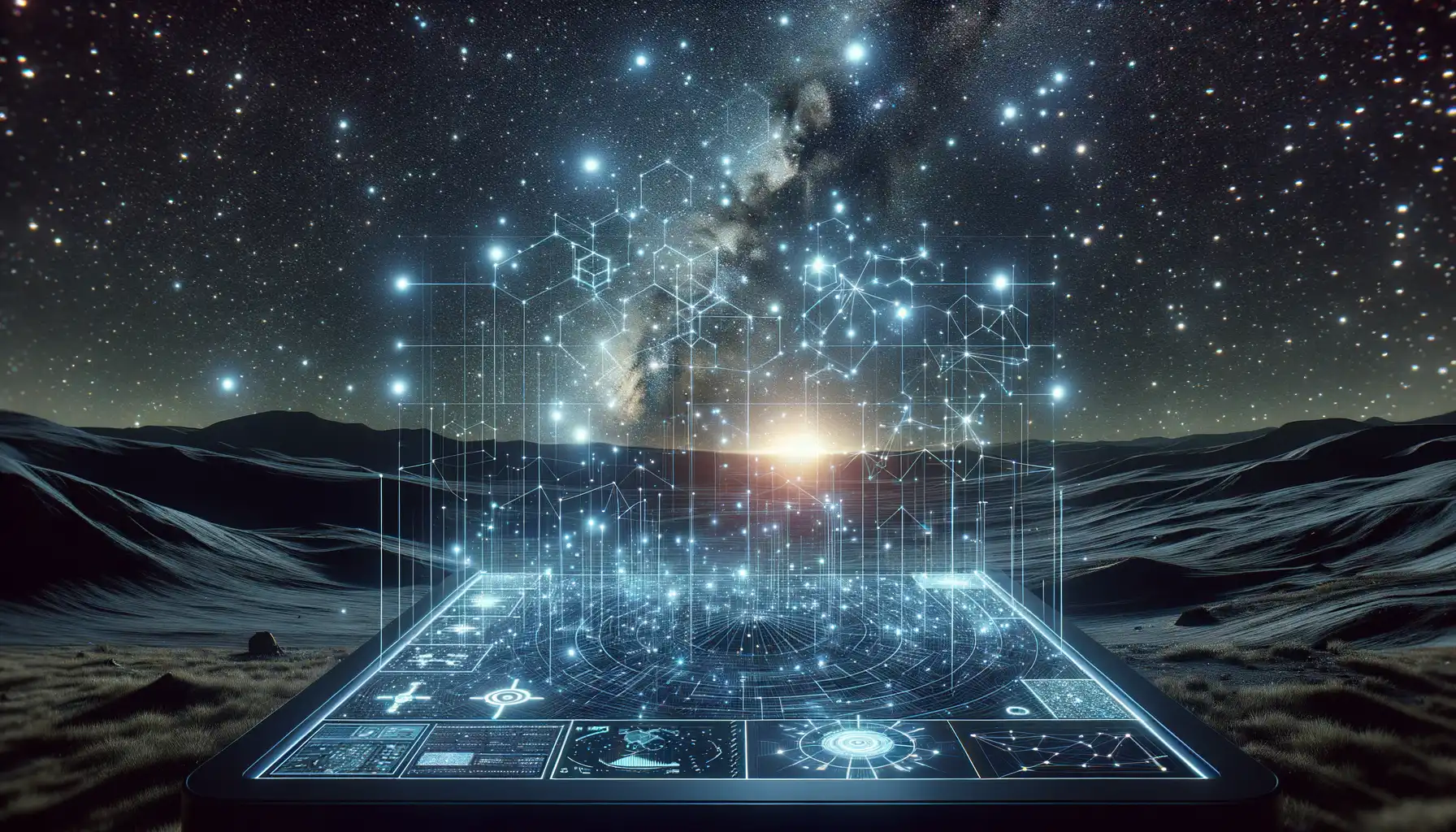
Transforming Ordinary Places into Stargazing Wonders
Imagine this: a quiet stretch of beach you’d never give a second glance by day suddenly transforms into an astronomer’s paradise by night. That’s precisely what happened with a seemingly ordinary spot on the Oregon coast. Thanks to advanced AI tools, this small, secluded cove was flagged as one of the best locations for stargazing due to its minimal light pollution, ideal elevation, and consistently clear skies during lunar cycles. It wasn’t just guesswork—the AI analyzed satellite data, weather patterns, and even human activity in the area to pinpoint this hidden gem.
But it doesn’t stop there. Similar success stories have unfolded in unexpected places:
- The Bonneville Salt Flats in Utah: AI highlighted this vast expanse for its exceedingly low humidity and unparalleled visibility of the Milky Way.
- Remote beaches in Northern Scotland: Identified for their breathtaking views of celestial events like the Northern Lights.
Every discovery feels like opening a treasure chest—you never know what magic lies behind the curtains of data. And the best part? This isn’t just for scientists. Anyone armed with a stargazing app can now access these dreamlike destinations.
From Data Points to Unforgettable Nights
One standout case was Australia’s remote Shell Beach. It wasn’t just scenic; the AI system detected its unique combination of moonless nights, desert winds keeping skies almost disturbingly clear, and its proximity to the center of the galaxy’s arc during certain months. Stargazers flocked, and soon, Shell Beach found its place on travel bucket lists worldwide.
The beauty of these AI breakthroughs is how they marry data with human curiosity. It’s not just about numbers—it’s about finding awe-inspiring moments under a canopy of stars.
Future Innovations in AI for Stargazing
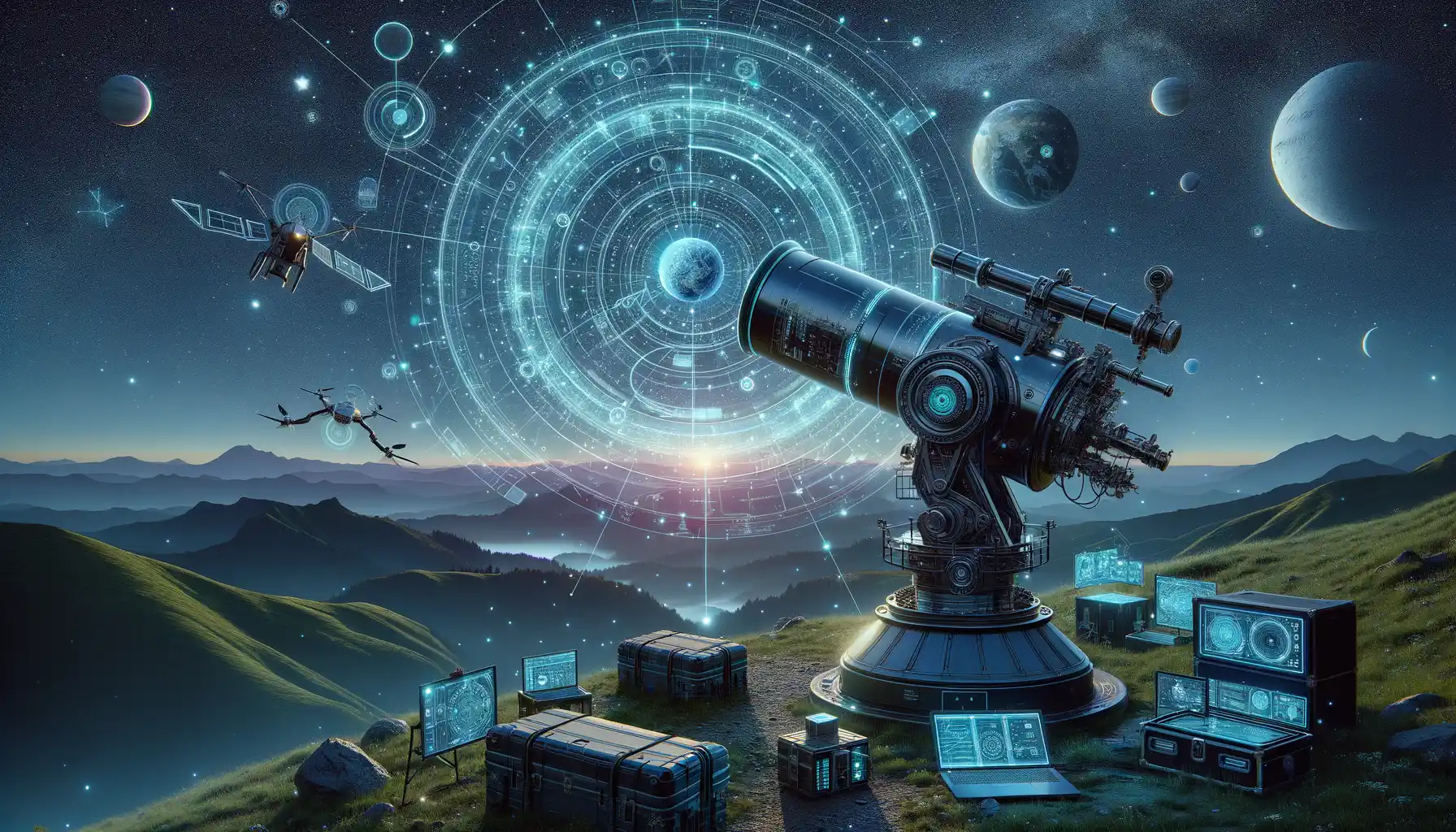
AI-Powered Telescopes That Think Like Astronomers
The future of stargazing could feel less like fumbling in the dark and more like having a personal astronomer whispering cosmic secrets in your ear. Imagine an AI-powered telescope that doesn’t just track stars but *predicts* the perfect night to witness rare celestial events. These telescopes could combine real-time sky data, weather patterns, and even your location preferences to send you a personalized notification: “Grab your blanket—meteor shower peaking tonight at 2 AM on Crescent Beach!”
With the integration of machine learning algorithms, these devices may grow “smarter” over time, learning from your favorite constellations or which nebulas make your heart race. They might even auto-adjust their lenses to capture galaxies billions of light-years away with pristine clarity.
Voice Assistants and Celestial Chatbots
What if studying the night sky felt like a conversation? Picture this: You’re lying on a quiet beach, the gentle hum of waves in the background, when your stargazing app chimes in. A friendly AI voice assistant answers your whispered question, “What’s that sparkling cluster above Orion?” The answer? “That’s the Pleiades—or the Seven Sisters—a star cluster 444 light-years from Earth.”
Soon, these celestial chatbots could evolve to:
- Recommend the best times for astrophotography based on moon phases.
- Offer mythological stories tied to constellations you’re gazing at.
- Track satellites silently gliding across the heavens.
It’s storytelling, science, and skywatching all wrapped into one magical moment. The stars aren’t just overhead—they’re at your fingertips.


